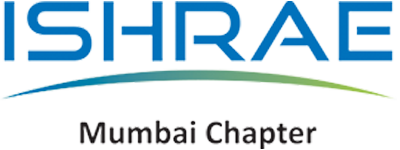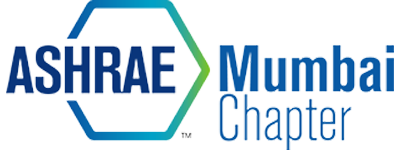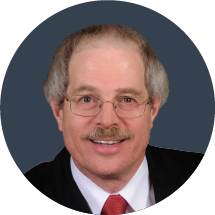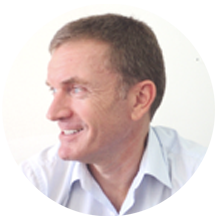To be conducted on Thursday, 3rd October 2019 at Courtyard by Marriott, Mumbai
I2SL India Chapter Workshops
Supported by


Who should attend?
These workshops are recommended for, but not limited to, the following occupations:
- Facility/ Engineering managers,
- MEP professionals/ consultants
- Project managers,
- LEED ® accredited professionals,
- HSE managers,
- Laboratory users,
- Design managers
Workshop 1
Energy-Efficient Laboratory Ventilation Design Practices and Technologies
Schedule: 9.30 AM to 1.30 PM
Did you know laboratories typically have five to ten times the energy and carbon footprint of a comparatively sized office building? This is due in part to the significant amount of outside air required in these facilities. Planners and facility managers can decrease a building’s energy impact by first reducing and then better managing ventilation practices and technologies. These actions can result in a 30 to 80 percent reduction in heating, ventilating, and air conditioning (HVAC) energy use. The challenge is accomplishing these goals in a safe and cost-effective way, while still considering the various laboratory building requirements related to fume hoods, thermal loads, and dilution ventilation.
During this workshop, attendees will learn about a progression of different yet complimentary airside technologies and design practices that can be used individually but are best applied collectively, to significantly and safely reduce ventilation-related energy expenses. Facts and figures will help quantify potential energy savings for regional climates and specific case studies will be presented on relevant projects such as Masdar City in Abu Dhabi and projects within the United States.
Some topics and technologies that will be reviewed are:
- Variable air volume technology for laboratory ventilation and fume hoods
- Demand-based control of ventilation rates based on a room’s environmental quality
- New fume hood minimum flow standards
- Hydronic cooling approaches, including chilled beams
- Various heat recovery approaches
- Ways to cut project capital costs by reducing the required size of the HVAC system
While the course is open to everyone, it is recommended that participants have a basic understanding of laboratory ventilation issues.
I2SL India Chapter wishes to acknowledge Aircuity for developing and offering this workshop.
Instructor

Gordon Sharp
Gordon Sharp, the chairman of Aircuity, Inc., has more than 25 years of wide-ranging entrepreneurial experience and holds more than 25 U.S. patents in the fields of energy efficiency and laboratory controls. As founder, former president, and chief executive officer of Phoenix Controls, Mr. Sharp led the development of this world leader in laboratory airflow controls that was acquired by Honeywell in 1998. In 2000, Mr. Sharp founded Aircuity, a smart airside energy efficiency company that was spun out of Honeywell.
Mr. Sharp is a graduate of the Massachusetts Institute of Technology with a bachelor’s degree and master’s degree in electrical engineering. Mr. Sharp is a member of the Board of Directors of I2SL, the nonprofit foundation, a member of the ANSI/AIHA Z9.5 Laboratory Ventilation Committee, and a member of the ASHRAE SSPC standard 170 Ventilation of Health Care Facilities committee.
Workshop 2
From Concept to Commissioning: Key factors for a successful containment laboratory
Schedule: 2.30 PM to 6.00 PM
With increasing antibiotic-resistant microorganisms and new infectious agents appearing, there is an increasing need for cost-effective, efficient and easy to maintain containment facilities for working with risk group 2 and 3 agents.
This workshop takes participants from the initial project planning and scope development through to testing and commissioning and the effective operation of the facility.
The workshop will help participants define what makes the project a success and how to measure the performance of the finished laboratory as well as look at examples of successful and failed projects and to understand the key elements that will help ensure the containment project meets it’s desired outcome.
Some topics to be covered are;
- Project planning – developing realistic timeline and budgets for a level 3 laboratory
- How to establish the project goals
- Comparison of the standards and guidelines and what does this mean for designers and project cost
- Autoclave specification and selection -how this can make or break a project
- Some ideas for developing the concept design
- Construction details for level 3 labs
- Comparison of procurement strategies
- Ideas for tender documentation
- Construction quality – things to look for
- The testing and Commissioning plan – did we get the desired outcome?
Instructor

Andrew Bayly
Andrew Bayly is a New Zealand Engineer and the Managing Director of Emec Technology, a specialist laboratory design and project management consultancy located in Kuala Lumpur, Malaysia. Andrew has been involved in laboratory design and construction for 24 years with multiple BSL3 and BSL2 projects in Asia.
